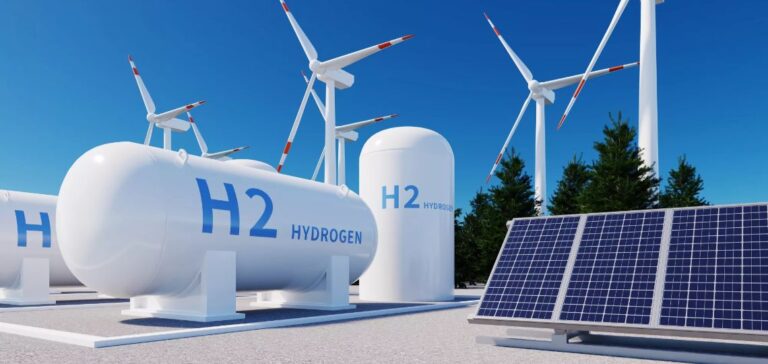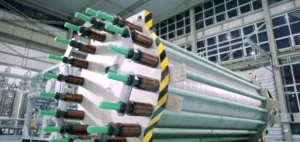South Africa is positioning itself as a key player in the green hydrogen market. Minister of Forestry, Fisheries, and the Environment, Dion George, announced that a dedicated government directive will be released on February 17, according to multiple local media sources.
A Regulatory Framework to Boost the Sector
This directive aims to clarify the approval procedures for green hydrogen projects and stimulate economic growth. The government also seeks to mitigate environmental risks associated with this emerging industry and promote job creation. The initiative aligns with the “Hydrogen Society Roadmap” adopted in 2021, which laid the groundwork for national development and an export market for hydrogen and green ammonia.
Ambitious Projects, but Persistent Challenges
Since the announcement of this roadmap, several initiatives have emerged. Among them, Sasol’s Boegoebaai project and Hive Energy’s $5.7 billion green ammonia project illustrate private sector interest. However, the effective deployment of infrastructure remains complex.
Ongoing Investment Uncertainty
The International Energy Agency (IEA) highlights that green hydrogen production projects still face hurdles before reaching a final investment decision. Regulatory uncertainty and financial challenges hinder industrial-scale expansion. Despite these constraints, South Africa, alongside countries such as Mauritania, Namibia, Egypt, and Morocco, continues to structure its regulatory framework to attract capital to this emerging sector.






















